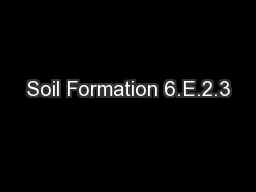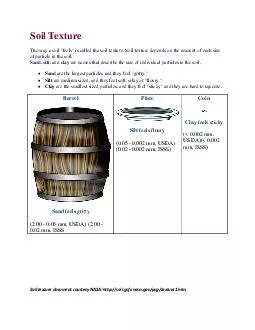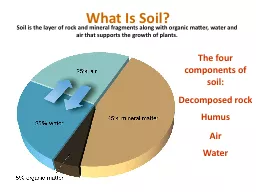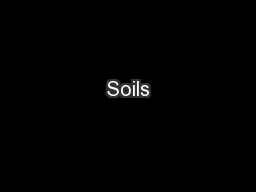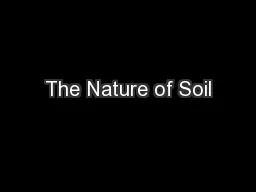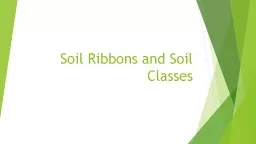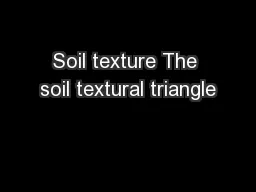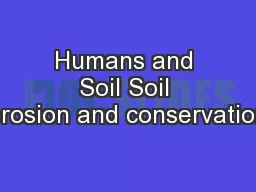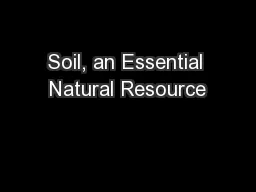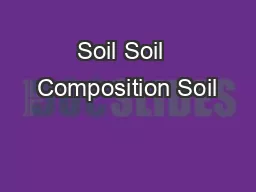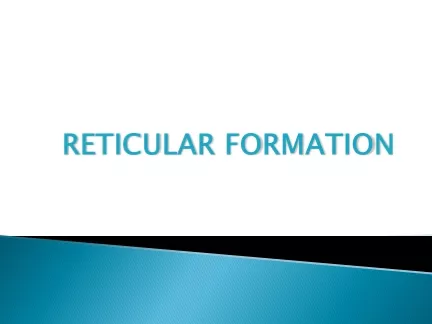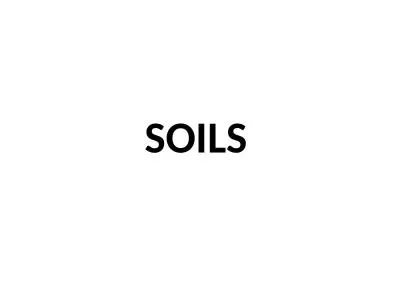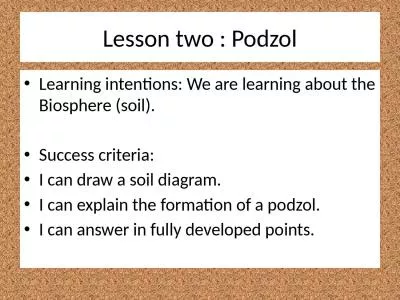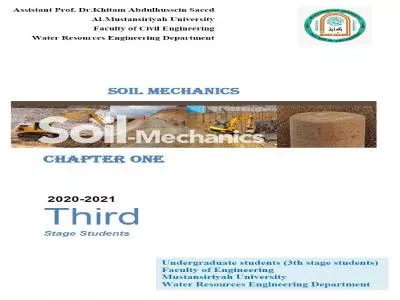PPT-Soil Formation 6.E.2.3
Author : aaron | Published Date : 2017-05-04
Soil is a mixture of rocks minerals decayed material water and air Soil is one of Earths most valuable natural resources Everything that lives on the land including
Presentation Embed Code
Download Presentation
Download Presentation The PPT/PDF document "Soil Formation 6.E.2.3" is the property of its rightful owner. Permission is granted to download and print the materials on this website for personal, non-commercial use only, and to display it on your personal computer provided you do not modify the materials and that you retain all copyright notices contained in the materials. By downloading content from our website, you accept the terms of this agreement.
Soil Formation 6.E.2.3: Transcript
Download Rules Of Document
"Soil Formation 6.E.2.3"The content belongs to its owner. You may download and print it for personal use, without modification, and keep all copyright notices. By downloading, you agree to these terms.
Related Documents

